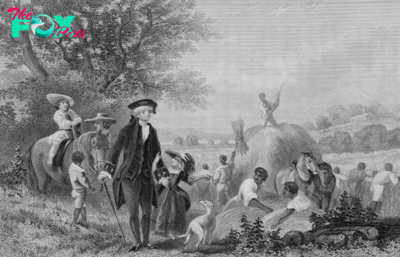History
Survivors and Witnesses Recall the Horrors of Jonestown in New Hulu Documentary
Jonestown, the experimental settlement that existed for four years in Guyana, South America, initially sounded like a utopia, with all medical care, rent, and food taken care of.
Instead, it was “a living nightmare,” Yulanda Williams, who briefly lived in Jonestown when she was a college student, tells TIME.
Williams says that women had to take showers in one big room with no curtains between them. Residents were not allowed to eat any meat, vegetables, or dairy and subsisted primarily off of rice pudding and peanut butter. Everyone had to be awake at 5:30 a.m., and reading books or newspapers was forbidden. The only thing residents looked forward to were the talent shows, and Williams remembers once singing “Killing Me Softly With His Song” by Roberta Flack.
Perhaps the performance was eerily prescient. On Nov. 18, 1978, 912 people died in Jonestown after its leader Jim Jones ordered them to inject themselves with poison, right as U.S. government authorities were looking to investigate him for human rights abuses.
The incident inspired the phrase “drink the Kool-Aid" to refer to people who willingly follow a cult-like leader. But in the new documentary, Cult Massacre: One Day in Jonestown, streaming on Hulu on June 17, director Marian Mohamed illustrates how the people who died there were victims of a mass murder.
One Day in Jonestown features never-before-seen footage filmed by a former follower of Jim Jones, interviews with Jones’ son Stephan, and several former residents like Williams talking about what motivated them to follow Jones and their memories of that fateful day. Mohamed hopes that when viewers hear the audio of Jones urging his followers to “die with dignity” on that fateful day, they will have more “empathy” for survivors who thought they were joining a community and then got totally misled.
“They weren't loonies. They weren't crazies,” Mohamed says. “These were people that wanted to be part of something.”
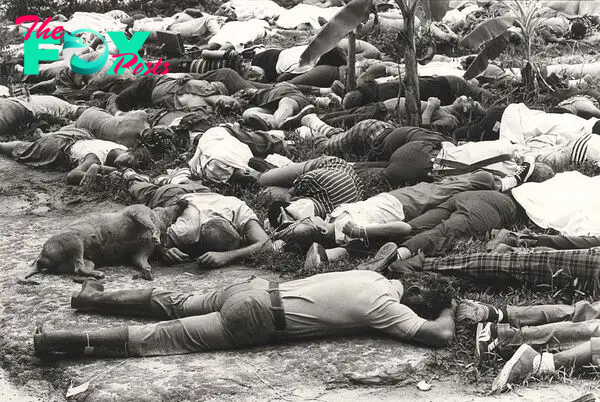
The appeal of Jonestown
Jim Jones was a charismatic pastor in San Francisco who led a racially diverse congregation called the Peoples Temple from 1955 to 1978. Jonestown was one of the many social experiments that came about after the radical 1960s, when the idealism of the era inspired people to try different ways of living. Many of Jones’ followers had become disillusioned with the federal government after the Vietnam War and were rattled by the unrest in cities nationwide following the 1968 assassinations of Attorney General Bobby Kennedy and civil rights leader Martin Luther King Jr.
Williams tells TIME that her family started following Jim Jones when she was about 12, after MLK’s assassination. With the lack of a civil rights leader to fill his shoes, they started attending Jones’ services. “We were more vulnerable, and it was our vulnerability that allowed us to be deceived by someone like Jim Jones,” she says. Williams’ father also had numerous Health issues, and was hoping that Jones could heal his maladies.
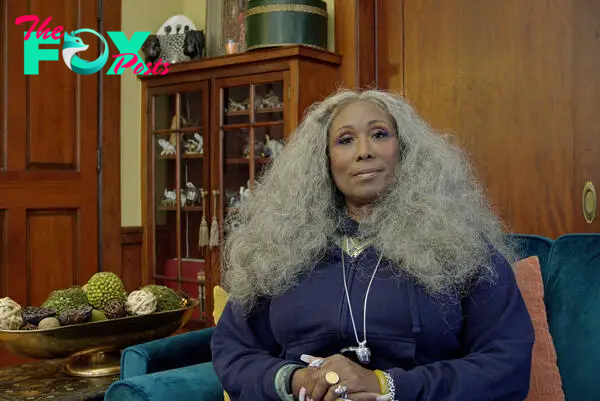
In Jonestown, Williams said Jones would repeatedly lecture residents about why they shouldn’t return back to the United States. In reality, it was Jones who wanted to do the controlling. He confiscated people’s pasSports so he could have complete control over residents’ comings and goings. Throughout the day, loudspeakers broadcasted Jones’ past sermons.
“All you ever heard 24/7 was his voice,” says Williams. “It was a way for him to consistently control our minds, our thoughts, our energy, our being.”
Jones’ son Stephan, who was not in Jonestown on the day of the massacre, offers a window into his father’s mindset in the documentary:
“He's constantly managing his own insecurities, and there were many. The attention always had to be on dad.”
Read More: The Jonestown Massacre, Remembered
Getting out of Jonestown
Williams and her family were among the few who had permission to leave Jonestown before the massacre, so she could finish her studies at the University of California, Berkeley. Before she was allowed to leave, she says Jones made her agree that she would never speak negatively about Jonestown. “If we violated those conditions, he told us that the angels would get us. When he was referring to the angels, he just meant that he would have someone in the church kill us.”
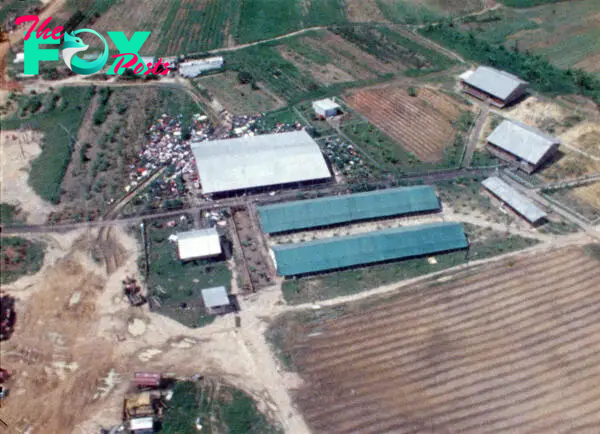
No such “angels” went after her, as Jones was found dead with a gunshot wound to the head on the day of the massacre. Shortly after, she testified in any way she could to help U.S. government officials who were investigating what had happened. She even went on to work in law enforcement as a police officer, retiring just two years ago. Williams took the oath to serve and protect to mean “to ensure that other people don't get caught up in these cults.”
-

 History1d ago
History1d agoHow Celebrities Changed America’s Postpartum Depression Narrative
-
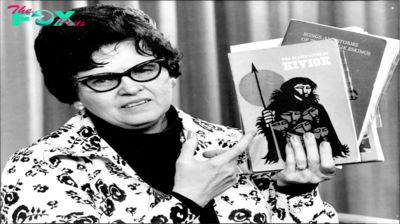
 History2d ago
History2d agoThe Woman Whose Crusade Gave Today’s Book-Banning Moms a Blueprint
-
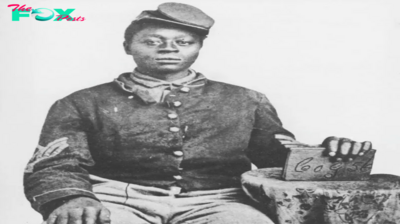
 History6d ago
History6d agoHow Black Civil War Patriots Should Be Remembered This Veterans Day
-
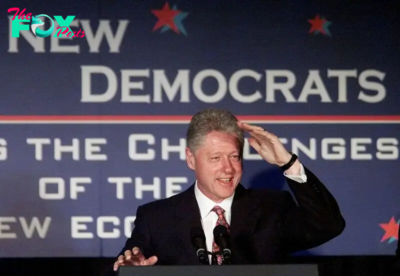
 History1w ago
History1w agoThe Democratic Party Realignment That Empowered Trump
-
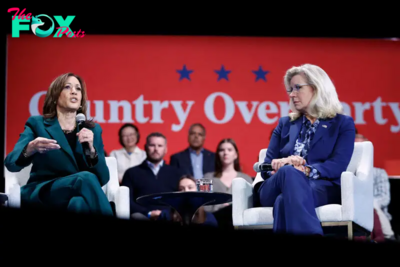
 History1w ago
History1w agoWhy People Should Stop Comparing the U.S. to Weimar Germany
-
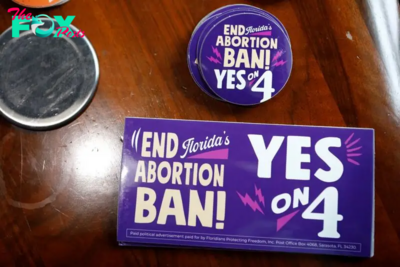
 History1w ago
History1w agoFlorida’s History Shows That Crossing Voters on Abortion Has Consequences
-
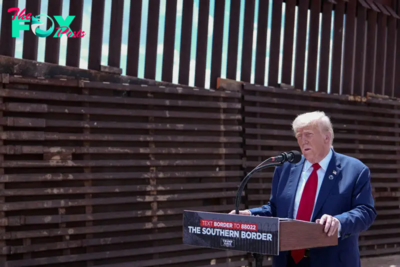
 History1w ago
History1w agoThe 1994 Campaign that Anticipated Trump’s Immigration Stance
-
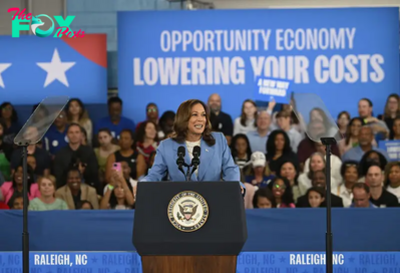
 History1w ago
History1w agoThe Kamala Harris ‘Opportunity Agenda for Black Men’ Might Be Good Politics, But History Reveals It Has Flaws


